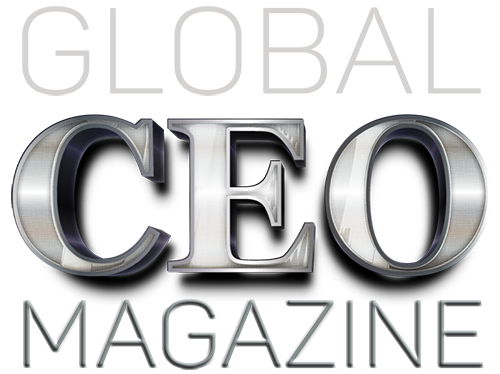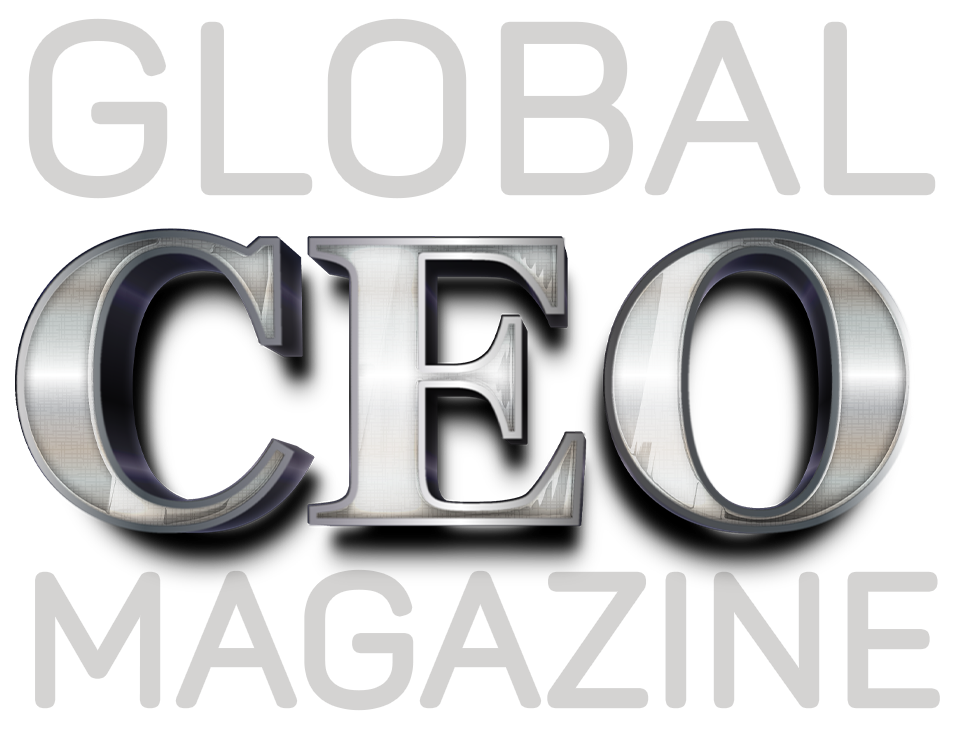By Sabrina Zavahir
It’s a necessity to exploit all of digitalisation’s capabilities to gain the supreme benefits of an organization’s invested information systems. ICT can certainly make processes more efficient by allowing employees to rapidly engage in a rich harvest of ideas and insights toward progress. Companies should scratch for specific purposes in creating value in times such as today in digitalization.
The advancement in ICT/ IT with a wide variety of systems in recent years has assisted sector heads in exploiting the capabilities of today’s technologies. Digitalization creates a competitive edge in the business world to enhance quality, reinvent profitable methods and promotes consistency in progress. With the continuous progress of pushing forward with the digitalization agenda certainly, it’s creating and opening universal opportunities for information technology (IT) related business operations. This is even extending the possibility with the flexibility to place employees with the freedom to choose a venue of their choice to engage with their corporate job duties.
We connected with Ramesh Shanmuganathan – Executive Vice President / Group CIO John Keells Holdings PLC (JKH) to share his expertise with regard to the ongoing and ubiquitous digital transformation challenges where enterprises are supposed to re-consider a rapid business strategical systematic review for operational success.
Many establishments are undertaking a workplace by building people-centric leadership IT programs to accelerate transformation. These transformation programs, do they really focus on collaborative workspaces and talent advancing tools to increase employee experience and productivity?
People-centric leadership programs focus on the impact of your leadership on the people who work for you and help you to adapt your leadership style, communication, and behaviour in a way that brings out the best in people and encourages them to do their best for you and your company.
This also means that you try to place the employee in the driving seat of the career as much as you are in the driving seat of the organization in steering it to its destination. These programs must address key constituents to be successful and they are,
a. Culture – a conducive environment for employees to feel appreciated and enjoy their space where they feel they are in control, express their views, challenge the views of others, respectfully disagree and the ability to give feedback on what matters to them most
b. Clarity – a clarity of purpose and open, two-way communication so both parties do understand and be understood.
c. Capacity – a clear understanding of the organization’s as well as an individual’s capacity to take on a multitude of assignments and successfully deliver on same by having clear measures and tools to understand capability and existing workloads and helping them align priorities with that of the organization, etc.
d. Competence – facilitate a platform for learning with a focus on self-development by providing coaching, mentoring, peer reviews as well as opportunities for learning as well as growth, both laterally and vertically.
e. Confidence – help employees build their self-confidence by giving them a safe environment to experiment, fail and learn as much as being a sounding board for them to be guided in making informed decisions to boost their confidence in what they do.
f. Commitment – building mutual trust between you and the employees that they feel the leader is as committed as they are in seeing things through from start to finish and are willing to stretch themselves as much because they see eye-to-eye with what’s happening around them.
g. Compensation – an equitable and transparent rewards and recognition programme that is linked to competencies, performance and results and is seen to be fair by most.
These above factors are key and any program that is successful must create visibility for an employee in these and give them the necessary information, tools and workspace to feel empowered to drive the organization towards its destination whilst driving himself to achieve his aspirations.
2. Businesses are forced to acclimatize rapidly towards digital strategies. By becoming resilient, and setting a progressive strategy, does it culminate in an acceleration toward a “digital destiny snowballing success?”
Businesses today realize the impact “digital” is creating in disrupting the way value is created, distributed and consumed, be it a product or a service. There is more to success in an environment that is constantly challenged and disrupted and necessarily entails a holistic approach that addresses the following in a congruent manner.
Today success directly correlates to your ability to be innovative. Today most organizations are focusing on product innovation, service innovation, creating better experiences, etc. This also means that the organization must be agile and nimble to reconfigure itself to be able to dynamically adapt to external stimuli. These depend greatly on the organization’s culture, digital quotient, technology maturity, employee experience, customer experience, process automation, the extent of data usage & maturity.
As businesses adapt and start driving innovation and value at speed, or rather velocity, they will start to see exponential growth compared to their peers due to organizations becoming primarily data-driven as opposed to their traditional counterparts and making those three significant shifts: assets to access; efficiency to intelligence and loyalty to empowerment.
3. What’s your perception about adding on an increasing pressure to invest in and further strengthen digital transformation projects in organizations?
Any investment must be aligned with a strategy that drives outcomes for the organization. Every organization as part of its strategic review must assess itself in terms of its competitive positioning vis-à-vis emerging opportunities and threats. For any organization to survive and be relevant they need to continuously realign itself – the key here is for business tansformation to align itself to capitalize on the emerging opportunities whilst mitigating emerging threats.
The digital transformation agenda will then get aligned with business transformation that the organization wishes to drive.
The alignment of the two is what will drive success. But if any organization does it out of pressure without a proper alignment, in isolation or piecemeal, they are not going to reap the benefits commensurate with the investments.
4. Do you believe massive investments in data & analytics are critical to enable a better establishment of perceptibility and understating?
I believe in driving investments that drive return that is commensurate with one another. In doing so one has to manage the portfolio of investments and that’s key for an organization’s success. Any organization to drive growth will have investments in three key strategic areas of their businesses and they are,
a. Core – Optimizing existing products and services for current markets to create incremental value, optimize costs or create a better user experience.
b. Adjacent – Exploring new markets with tailored products and services which drive better value and “stickiness.”
c. Transformational – Creating new ways of doing things to offer new products and services leveraging information, intelligence, assets, access and empowerment to create a new business model
Most organizations would have these initiatives aligned between “Core,” “Adjacent” and “Transformational” on a 70%, 20% and 10% ratio distribution with net new investment aligned and 10% : 20% : 70% ratios if they are focused on driving returns on those initiatives. The question about investment in data arises here once this clarity has been established. The value of data in each phase of this investment will be different with the value and intensity increasing exponentially as your traverse from “Core” to “Transformational.”
5. How would you elaborate on the intersection of technology and corporate leadership that would certainly be critical to an enterprise’s future?
Yes, it’s going to be the most decisive factor for the future. The world is getting flatter due to the confluence of several factors not limited to the pervasiveness of digital identities, penetration of smartphones, maturity of cloud computing, loosely coupled systems and applications, greater privacy and security assurance, real-time access to data, advanced and predictive analytics capability, ability to provide location-based services, the ability to create value eco-systems on demand, etc.
The ability to connect any two dots in the digital world is your choice given that every business is faced with threats as well as opportunities that didn’t exist or were not significant enough to be focused on earlier. The “NET” economy fuelled by growing availability of smartphones and devices; multiplying social platforms catering to different interests; cloud platforms which have removed strictures around capital investment on technology; Internet of Things (IoT) which is enabling businesses to connect the dots in terms of creating the data lake including big data and associated AI-based predictive modelling to better engage with stakeholders based on new business use-cases, new expectations, competitive positioning, multi-channel approaches, as well as new business models are primarily eliminating existing points of friction, unfulfilled demand and creating better experiences.
The ability to connect any two dots in the digital world is your choice. the degree of separation between those two dots, for humans, is fast dropping, from “6 degrees of separation to 3 degrees.” The opportunity to connect any two dots is no longer about technology, rather it’s about why do you need to connect them? What value will it create? And how can they be connected to create sustainable value?
These are all business choices, but facilitated by digital and not purely a technology decision. Today, organizations have an extraordinary opportunity to deliver digitally abled products and services or to transform what they do by using data and insights they gather to rapidly optimize their value chain to gain a competitive advantage.
Those organizations that navigate to strengthen the intersection of the two would emerge as the next breed of enterprise that will drive the next point of inflection in their respective industries and beyond.
It’s been given to understand as a long-term investment an organization will leverage technology to underpin every single process. What are your views regarding this thought sense?
I do not like to generalize, but that would be true for organizations that will be thought leaders and drive greater value for their stakeholders? Today, technology is like a box of Legos – you can build what you want? When do you want it? Where do you want it? How do you want it? And for Whom you want it?
This is the power of technology today. As alluded to earlier, the investment appetite will depend on the organization’s attitude and aptitude for these investment aligned with business strategies and growth aspirations.
7. Driving an IT strategy for a business is certainly revolving around expertise and experience. How would you strategize to align acquiring emerging technologies to an enterprise’s expansion?
In driving any strategy for any organization, context is key. First, one must understand the context in which the organization is operating vis-à-vis its peers and competitors. In that context, any investment must be assessed under two broad parameters: Business Fitness and Technology Fitness.
a. Business Fitness is Height and Technology Fitness is also high, then it’s clear organization should invest in it in creating newer frontiers
b. If Business Fitness is high, but Technology Fitness is low, then you migrate into a new technology or platform to re-energize it.
c. But if Business Fitness is low and Technology Fitness is high, then you tolerate that investment and try to increase Business Fitness by enhancing the offering.
d. And if Business Fitness is low and Technology fitness is also low ,then you should work to eliminate those negatives or migrate same to one of the above to sustain and create value.


